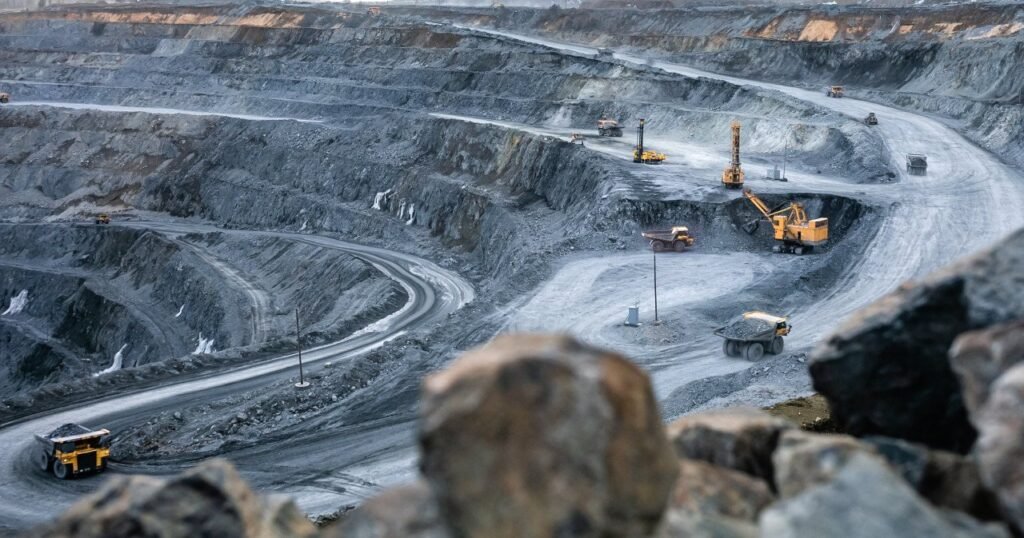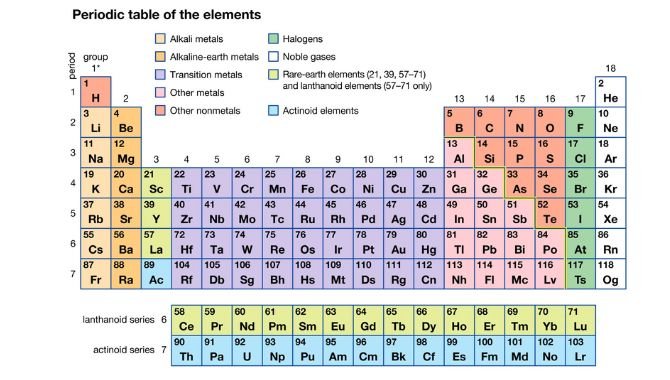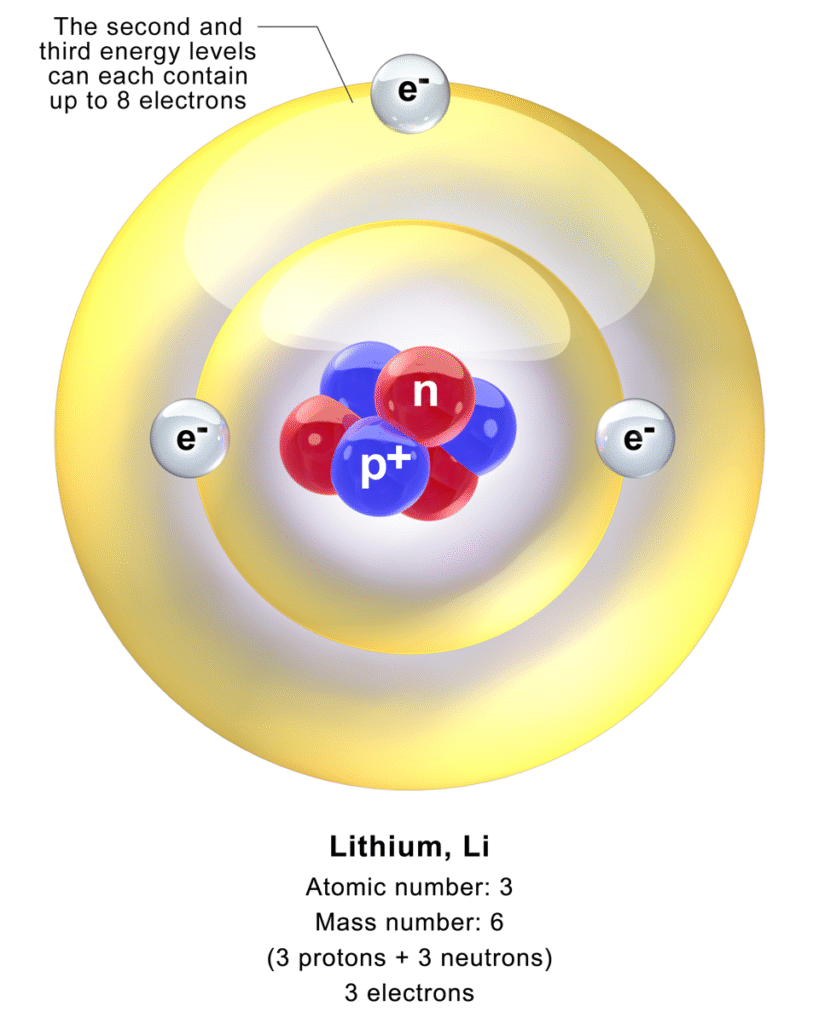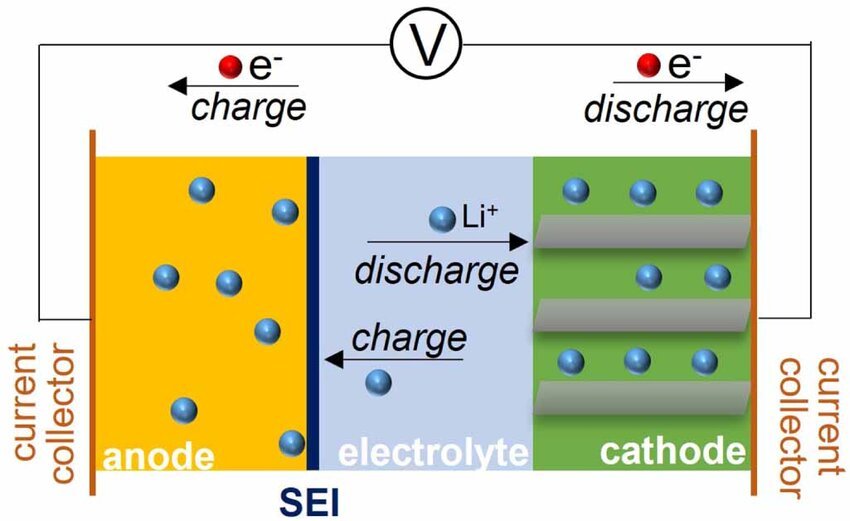Is Lithium an Atomic Mineral?

Lithium is not classified as an “atomic mineral” in the traditional sense, but it is a naturally occurring chemical element with a well-defined atomic structure. The term “atomic mineral” is not commonly used in mineralogy, but it may refer to minerals containing elements with unique or strategic atomic properties, especially those used in high-tech, nuclear, or energy applications.
Here’s a breakdown of lithium’s atomic nature, its mineral forms, and how it fits into the broader category of strategic and critical minerals.
1. What Is an Atomic Mineral?
The term “atomic mineral” is sometimes used in historical or industrial contexts to refer to:
- Uranium and thorium-bearing minerals used in nuclear energy
- Minerals containing rare or high-value elements used in electronics, aerospace, and defense
Examples include:
- Pitchblende (uraninite) – Source of uranium
- Monazite – Contains thorium and rare earth elements
- Beryl and tantalite – Strategic minerals used in aerospace and electronics
While lithium is not traditionally classified as an atomic mineral, its lightweight atomic structure and high electrochemical properties make it strategically important in modern technology and energy storage.

2. Is Lithium a Mineral or an Element?
Lithium is best described as a chemical element (symbol Li, atomic number 3) rather than a mineral in its pure form.
- Elemental lithium: A soft, highly reactive alkali metal not found freely in nature.
- Lithium-bearing minerals: Naturally occurring minerals like spodumene, lepidolite, and petalite that contain lithium atoms in their crystal structure.
So, while lithium itself is an element, it is found in atomic form within lithium minerals, making it essential for battery technology, ceramics, and medicine.

3. Lithium’s Atomic Properties and Industrial Use
Lithium has unique atomic and electrochemical properties that make it ideal for high-tech applications:
- Low atomic weight: Makes it ideal for lightweight battery systems
- High electrochemical potential: Allows for efficient ion exchange in batteries
- Thermal and chemical reactivity: Used in heat-resistant materials and pharmaceuticals
These properties explain why lithium is a critical element in lithium-ion batteries, aerospace alloys, and mood-stabilizing medications.

4. Lithium in Critical Mineral Lists
Although not an “atomic mineral,” lithium is classified as a critical mineral by:
- The U.S. Geological Survey (USGS)
- The European Union (EU)
- Canada, Australia, and Japan
This classification is due to its strategic importance in clean energy, defense, and electronics, not because of its nuclear properties.

5. Lithium vs. Traditional Atomic Minerals
| Feature | Lithium | Atomic Minerals (e.g., Uranium) |
|---|---|---|
| Atomic Number | 3 | 92 (uranium) |
| Use | Batteries, glass, medicine | Nuclear energy, shielding materials |
| Natural Form | In minerals or brines | In radioactive ores |
| Classification | Alkali metal | Radioactive element |
| Critical for Energy | Yes (renewables, EVs) | Yes (nuclear energy) |
This distinction shows that while lithium is not an atomic mineral in the nuclear sense, its atomic properties make it essential for energy storage and high-tech industries.

FAQs
Q1: Is lithium an atomic mineral?
A1: No, the term “atomic mineral” typically refers to uranium or thorium-bearing minerals. Lithium is a chemical element found in lithium-bearing minerals.
Q2: What is the difference between atomic minerals and critical minerals?
A2: Atomic minerals are usually radioactive and used in nuclear applications, while critical minerals are essential to the economy and national security, such as lithium, cobalt, and rare earths.
Q3: Why is lithium important if it’s not an atomic mineral?
A3: Lithium is crucial for electric vehicles, energy storage, and portable electronics due to its lightweight and high electrochemical potential.
Conclusion
Lithium is not classified as an “atomic mineral”, but its atomic structure and properties make it one of the most strategically important elements in the modern world. Whether in mineral form or used in batteries and technology, lithium plays a central role in the clean energy transition and global supply chains.

